By reacting p-tert butylphenol with epoxy cyclohexane under alkaline catalysis, excess epoxy cyclohexane is removed to produce 2- (4-tert butylphenoxy) cyclohexanol; Then react with sulfoxide chloride, and remove excess sulfoxide chloride to obtain 2- (4-tert butylphenoxy) cyclohexyl chlorosulfite; Finally, under the condition of excessive acid binding agent, it reacts with propargyl alcohol, and then removes the solvent in the system to obtain acetylene mite.
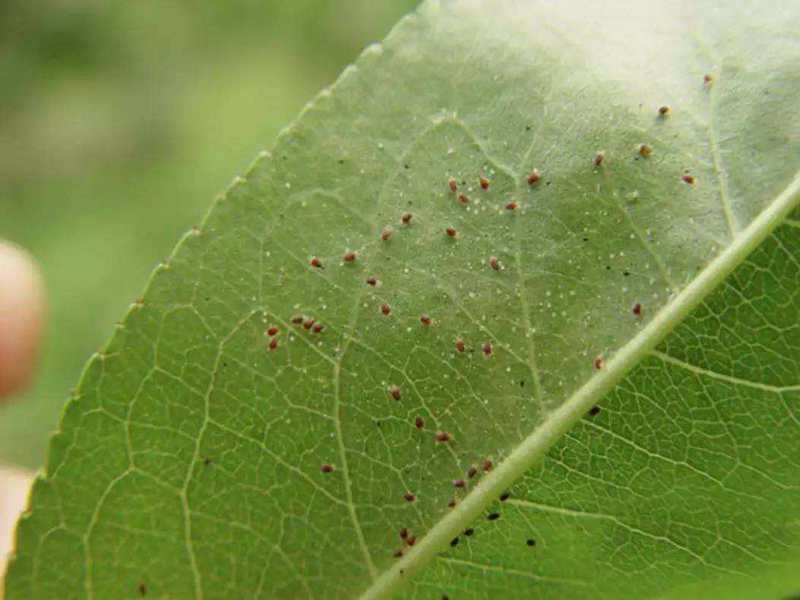
Synthesis of acetylene mite specific raw materials
2- (4- tert butylphenol) cyclohexanol was synthesized by reacting p-tert butylphenol with epoxy cyclohexane under alkaline catalysis, and then removing excess epoxy cyclohexane; Then react with sulfoxide chloride, and remove excess sulfoxide chloride to obtain 2- (4-tert butylphenoxy) cyclohexyl chlorosulfite; Finally, under the condition of excessive acid binding agent, it reacts with propargyl alcohol, and then removes the solvent in the system to obtain acetylene mite.
Physical and chemical properties of acetylene mites
[Chinese Name]: Acetynyl Mite
【 English Name 】: Proposal
[Chemical Name]: 2- (4-tert-butylphenoxy) - cyclohexylpropargyl-2-alkynyl sulfite
[Common Name]: Kemite, Propyne Mite
[Toxicity]: This product is low in toxicity.
The acute oral LD50 of rats is 4029mg/kg,
The acute inhalation LC 50 is 0.05mg/L.
The acute LD50 of rabbits is 2940mg/kg.
Intense irritation to the eyes and skin of rabbits.
Melting point: 160 ℃
Density: 1.14
【 Solubility 】:
Easy to dissolve in most organic solvents such as acetone, methanol, ethanol, benzene, etc., with a solubility of only 0.5mg/L in water.
[Appearance]: The pure product is a deep amber viscous liquid
[Special storage conditions for acetylene mites]:
Ventilation and low-temperature drying in the warehouse, separate storage and transportation from food raw materials
CAS login number: 2312-35-8
[Molecular formula]: C19H26O4S
Molecular weight: 350.472
[Product Structure]:
Terminal application of acetylene mite
1. Characteristics of mite killing
(1) Acetynyl mite is an organic sulfur acaricide with a wide range of acaricidal spectrum. It has good control effects on adult mites, nymphs, and juvenile mites, and can also prevent mites that have developed resistance to other drugs. At present, there have been no cases of mites developing resistance to acetylene mite during the 30 years of use.
(2) Acetylene mites have low toxicity and are relatively safe against natural enemies of bees and mites. They have a long-lasting shelf life (around 15-25 days).
2. Mechanism of action
(1) Mites immediately stop eating and reduce the number of eggs laid after contact with acetylene mites, usually dying within 48 to 96 hours.
(2) The main methods of action of acetylene mite are contact killing and gastric toxicity.
3. Precautions
(1) Acetynyl mite cannot be mixed with Bordeaux liquid or strong alkaline pesticides.
(2) The use of acetylene mites in environments above 20 ℃ yields good results; When the temperature drops below 20 ℃, the efficacy of the drug continuously weakens.
(3) When used in high temperature and humidity environments, the concentration of drugs should be appropriately reduced.
(4) When using acetylene mites on citrus, sweet orange, apple and other fruit trees below 25cm in the tender shoot stage, they should be diluted at least 2000 times or more.
4. Applied Crops
(1) Citrus: Spray 73% alkyne mite emulsion 1500-2000 times before flowering, and spray 73% alkyne mite emulsion 3000-3500 times after falling flowers to prevent and control citrus mites such as whole claw mites, leaf eating mites, and six point leaf eating mites. In the early stages of rust mite occurrence from June to September, use a solution of 73% alkyne mite emulsion 2500-3000 times.
(2) Litchi: Spray 73% alkyne mite emulsion 800 times in December of that year and January of the following year respectively to prevent and control litchi gall mites.
(3) Loquat: In March April, during the peak period of the mites, spray 73% alkyne mite emulsion 800 times on the crown of the loquat tree.
(4) Apples: During the peak period of the whole claw mite and hawthorn mite larvae, spray 73% alkyne mite emulsion 1500-2000 times.
(5) Tea garden: Before the peak of tea tarsal mites, tea orange gall mites and tea gall mites, 30-40ml of 73% alkynomite emulsifiable concentrate mixed with 50-75kg of water is used to dilute spray per mu of land.
(6) Mulberry tree: During the peak period of red spider infestation, spray 73% alkyne mite emulsion 2500-4000 times.
(7) Cotton: when red spider is in full bloom, 30-45ml 73% alkynomite emulsifiable concentrate mixed with 60-75kg water is used to dilute spray per mu of land; If cotton is in the seedling stage (seedling height less than 25cm), the medicine should be diluted at least 2500 times.
(8) Corn: When leaf mites occur, spray 73% alkyne mite emulsion 1500-2000 times.
(9) Solanaceous fruits, beans and melons: at the beginning of the peak of red spider nymphs and young mites, use 23-40ml 73% alkynoid special emulsifiable concentrate mixed with 75-100kg water to dilute spray per mu of land; If in the seedling stage (seedling height less than 25cm), the medicinal solution should be diluted at least 2300 times.
(10) Soybeans and peanuts: When leaf mites occur, spray 73% ethynemite emulsifiable concentrates 1500-2000 times.
Competitive analysis
1. Propyl bromophosphate
Due to its fast insecticidal speed, probromophos is often used as a mite killing agent in citrus. Currently, most of the nominal citrus specific mite killing agents on the market contain probromophos, with a safe interval of 21-25 days. However, the use of probromophos in the later stages of citrus growth can easily cause pesticide damage, and the residual period is relatively long (some can reach up to 6 months). Therefore, to ensure food safety, it is generally recommended to stop using probromophos for citrus fruits at least 60 days and preferably 90 days before harvesting. The residual time of probromophos is long, and it is very easy to exceed the standard when used.
2. Spiro mite ester
Spirometalate has a good killing effect on the eggs, juveniles, and nymphs of harmful mites, but is ineffective against adult mites. However, it has an inhibitory effect on the egg laying and hatching rate of female mites. It is commonly used for mite control in fruit trees such as grapes and citrus, as well as in Solanaceae crops such as chili peppers, eggplants, and tomatoes. However, the effect of a single agent is not good, and it is generally used as a compound medicine.
3. Butyl ether urea
Butylurea is an inhibitor of mitochondrial respiration and is effective against mites in the larval, nymph, and adult stages, but its egg killing activity is limited.
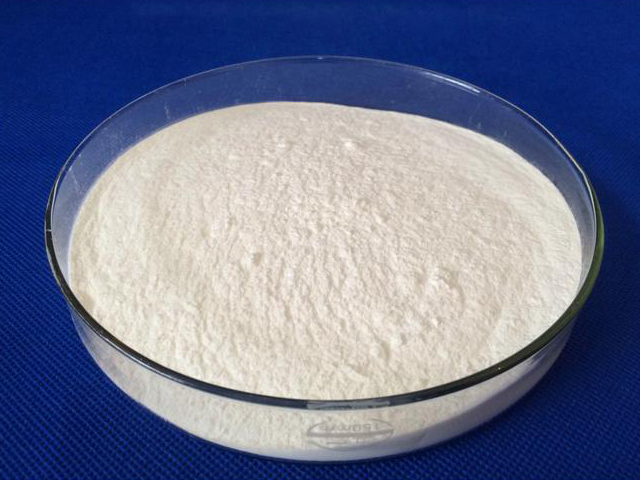
The use of p-tert-octylphenol in the production of...

P-tert butylphenol as a reaction termination agent...
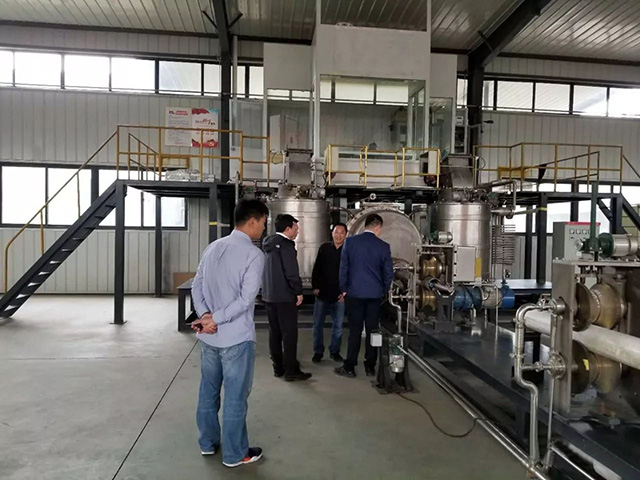
Application of hot forging boron nitride release g...
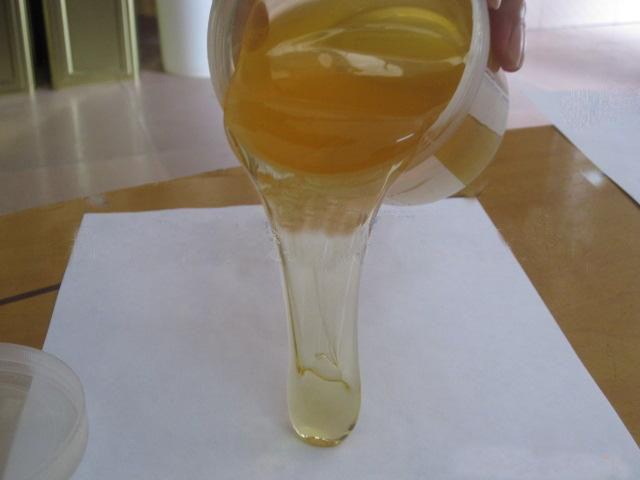
P-tert butylphenol is used as an additive in softe...
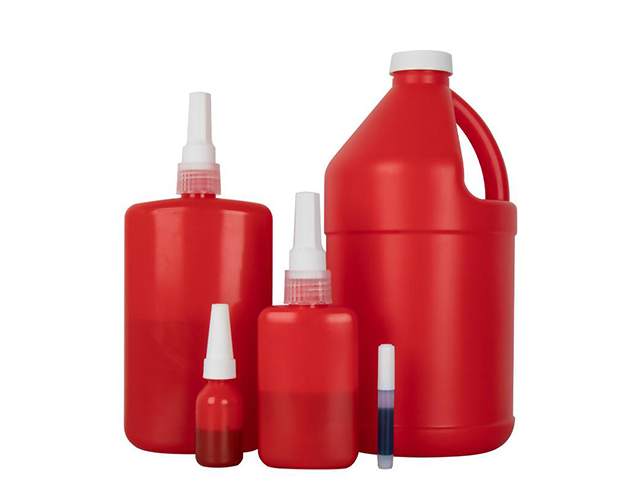
Using p-tert butylphenol as an inhibitor in the pr...
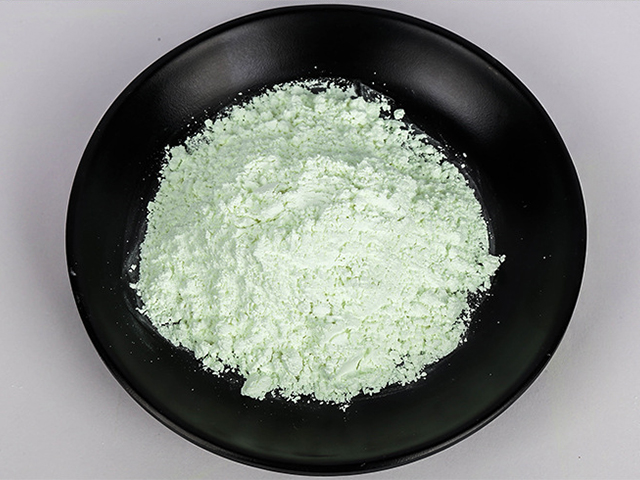
Nitration synthesis of fluorescent whitening agent...

Follow Us
+86 13953370669
+86 13953370669
+86 13953370669
157012497@qq.com
185 Xincun West Road, Mashang Street Office, Zhangdian District, Zibo City, Shandong Province, China
Copyright © 2024 chuanhexicai.cn Shandong Chuanhe New Materials Co., Ltd All Rights Reserved